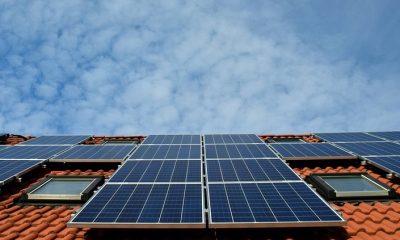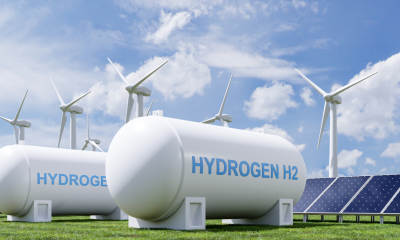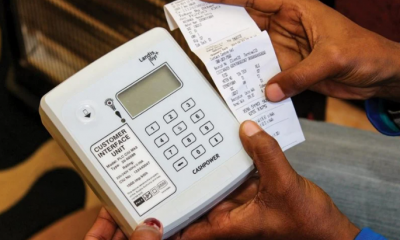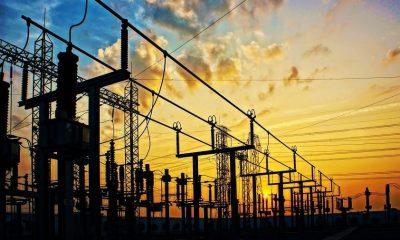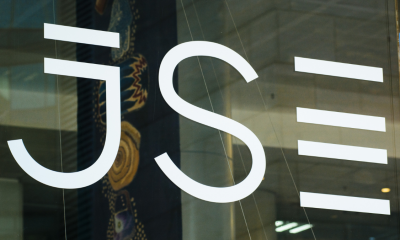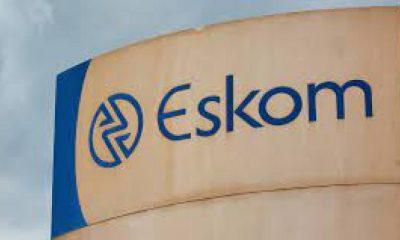Business
Sasol’s Lifeline Gas Strategy Could Save South Africa from Economic Disaster

Energy expert Chris Yelland has confirmed that petrochemical giant Sasol is proposing a bold new plan to help South Africa avoid the so-called “gas cliff” — a supply crisis expected to hit in July 2028 when natural gas from Mozambique runs dry.
Sasol’s solution? Redirect synthetic Methane Rich Gas (MRG) from its Secunda operations to temporarily replace the dwindling natural gas supplies. This move would effectively buy the country two more years — from mid-2028 to mid-2030 — to get long-term LNG (liquefied natural gas) import infrastructure in place.
A Crisis Brewing: The 2028 Gas Cliff
South Africa’s industrial sectors — especially steel, chemicals, glass, and food processing — rely heavily on piped natural gas from Sasol’s Mozambican operations. Once those fields are depleted, up to 5% of South Africa’s GDP and hundreds of thousands of jobs could be at risk, according to the Department of Electricity and Energy.
Despite ongoing talks about importing LNG from countries like Qatar, infrastructure timelines have raised serious doubts. Without an interim solution, businesses could be left stranded.
Sasol’s Synthetic Fix: MRG as a Stopgap
Sasol’s new plan offers temporary relief. By redirecting Methane Rich Gas — a synthetic gas produced in its Secunda plant — the company aims to fully replace the gas volumes for external customers during the two-year window.
“This synthetic alternative would fully replace natural gas volumes for contracted external customers over the two-year bridging period,” said Yelland. “It gives South Africa breathing space to finalise and commission LNG infrastructure.”
The Catch: Price and Regulation
While promising, the plan isn’t without hurdles. For one, Sasol must get regulatory approval from the National Energy Regulator of South Africa (Nersa) for a new maximum gas price.
Yelland explained that Sasol believes MRG has historically been sold below production cost — an unsustainable model if it’s to be used as a stopgap.
“Sasol says the synthetic gas must now reflect its true production cost to make the plan viable,” Yelland said.
Infrastructure Adjustments
On top of regulatory approvals and price changes, customers will likely face infrastructure costs. Transitioning from natural to synthetic gas could require upgrades and assessments to ensure compatibility — another expense for gas-dependent industries.
Yet, with the 2028 deadline fast approaching, stakeholders may have little choice but to get on board.
A Risky but Necessary Bridge
While the MRG solution won’t be cheap or easy to implement, it may be the only way to prevent a devastating collapse of major South African industries.
“Many companies are already exploring alternative fuels, considering scaling down, or relocating operations,” Yelland said. “The MRG bridge at least offers clarity and time — two things industries desperately need right now.”
If Sasol secures approval and industry commitment, the two-year extension could serve as a critical buffer — giving South Africa a last-minute chance to avoid disaster and lay the groundwork for a more resilient energy future.
{Source: BusinessTech}
Follow Joburg ETC on Facebook, Twitter , TikTok and Instagram
For more News in Johannesburg, visit joburgetc.com

